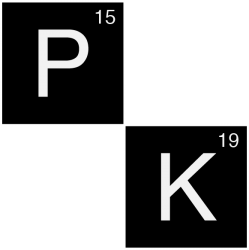Description
In many patients, several drugs are given concomitantly in order to increase the treatment efficiency or to treat diseases occurring simultaneously. In such cases, pharmacokinetic interactions between drugs may occur and the therapeutic efficacy or the toxicity of the drugs implied may be affected.
Drug interactions may occur during absorption: a drug can influence the rate or the extent of absorption of another drug. For example, metoclopramide hastens gastric emptying therefore accelerating the rate of absorption of certain drugs, e.g. paracetamol. Calcium forms insoluble complexes in the intestinal lumen with tetracycline, therefore decreasing its bioavailability. Erythromycin can dramatically increase the oral bioavailability of midazolam by inhibiting its hepatic first-pass effect.
Distribution may also be influenced by drug interactions. Most commonly, a drug that is highly bound to plasma or tissue proteins may be displaced from its binding sites by another drug. In an acute situation, this interaction may be significant if the concentration of the displacer is sufficiently high to occupy most of the protein binding sites. The sites available to bind the displaced drug are thus lowered and the amount of unbound drug, the pharmacologically active moiety, is increased. When the drug and the displacer are given chronically, the unbound concentration of the drug depends on its extraction ratio. For drugs with a low extraction ratio, there is an overall decrease in the total plasma concentration but no change in the unbound concentration. On the other hand, for drugs with a high extraction ratio, the total plasma concentration is unchanged but the unbound drug concentration is increased and this may lead to toxicity.
Most importantly, elimination may be affected by drug interactions. A drug may inhibit the renal excretion of another drug by competing with its renal tubular transport. Also, drug metabolism may be strongly induced or inhibited by the administration of a concomitant drug. The clearance of the drug is thus modified. Therefore, this type of interaction may easily lead to toxicity or ineffective therapy. Both induction and inhibition can mimic pharmacogenetic influences by phenocopying.
Clinical implications
A drug interaction is likely to be detected when the interacting drug is initiated or withdrawn. It is to be noted that for affected drugs with very long half-lives, changes in response are insidious and may not be associated with the interaction with the causative drug, which was either initiated or stopped sometime previously.
The half-life of the drug may be prolonged and therefore, in repeated administration, the time required to reach steady state and to undergo the effects of changes in plasma concentration such as toxicity are increased.

